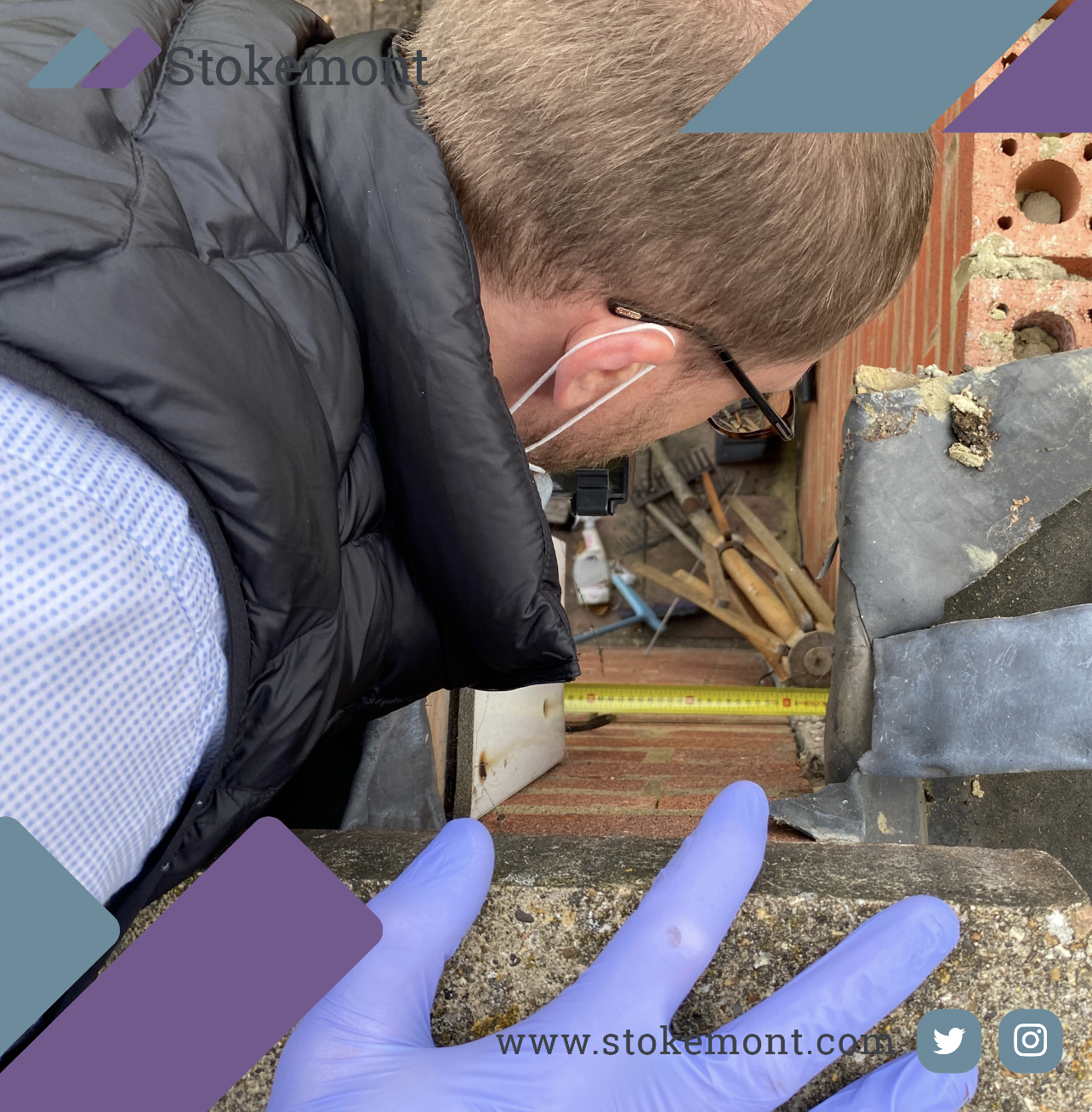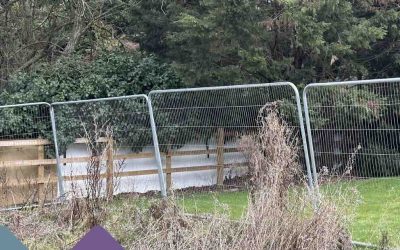In today’s property blogpost topic we are going to be looking at boundary surveying and boundary disputes.
Through our weekly blogposts we aim to discuss some of the more complicated and complex areas of surveying work that we undertake here at Stokemont.
Today is no different and we are going to be looking at boundary surveying matters.
Boundary disputes arise when two different owners of a properties have some form of disagreement on the location, placement, or plane of the boundary.
If this occurs, first and foremost we would advise you make every attempt and take every opportunity to try and resolve the disagreement in a neighbourly amicable manner. This can be as simple as an ‘over the fence’ discussion, discussing the matter from both respective sides of the boundary, or any other form of attempt at resolution.
In many cases, both sides sounding out their position can go a long way toward the boundary matter being resolved.
It will also give both sides the opportunity to hear the other’s position and opinion which, in many cases, can go a long way to actually adjusting the way in which the matter had been considered.
However, should neighbouring discussions fail, or should there be barriers to having them in the first instance. Unfortunately, the only option open to you will be to instruct a boundary surveyor to visit, assess the matter on-site, undertake extensive desktop research and analysis, concluding with their position and opinion on the matter is dispute.
In selecting a boundary surveyor, you will want to ensure they are not only adequately experienced, but also suitably qualified. Boundary surveying while at face value appears to be a very straightforward exercise, is riddled with difficulty, complexity and property-specific issue.
The boundary surveyor should act in an impartial and unbiased manner. This will include looking at the property from arms’ length and ultimately presenting an opinion that is neutral and befitting of the research and information located.
In many cases this can actually mean the boundary surveyor’s position and opinion differs from your own.
Here at Stokemont it is worth noting this type of scenario is not a rare one. We methodically approach boundary surveying matters and, once we do have an opinion on the matter, are sure to set-out all of the moving parts that make up that opinion.
However, it is often the case that post-surveyor’s inspection, the outcome in findings can go against the client. Whilst this may not be best received, it is worth noting it is a neutral commune and is one based very much on the information that has been located.
In the event the boundary surveyor agrees with the opposition, confirming there is indeed a bona fide trespass, projection, nuisance, or change in the boundary’s location or plane, we would advise you share a copy of your boundary surveyor’s report with your neighbour.
At this stage the aim and outcome should be to open discussions, effectively giving your neighbour the facts that you too now have to hand. The main is going to be aid resolution of the matter in dispute, hopefully lending itself toward a reasoned outcome with the overall objective of resolution.
When sending the report we would also advise you provide your neighbour with a period of time in which they can review and respond. This not only ensure resolution of the boundary moves in the right direction but also ensures there is a timeframe compelling them to respond within.
If upon presenting the facts to your neighbour they fail to engage, acknowledge or dispute your findings, the only real option you will have a property owner will be to progress through the Court.
The Court will ultimately look at your surveyor’s findings and ask your neighbour to present findings which support their position and opinion on the boundary. If indeed, at this time your neighbour does present a surveyor’s report, with that surveyor’s report being different to your own surveyor’s report, the Court is likely to tell the two respective boundary surveyors to ‘bump’ their heads together and aim to resolve, or failing this, narrow the matters in dispute.
Once the surveyor’s have done this, the Court will then take a reasoned position on the information as an overall point and ultimately arrive at some form of Judgement on the matter.
In the event the Court is not comfortable with one, or either, of the surveyors’ reports, it is likely to appoint its own appointed Court Expert, who will then effectively advise the Judge on his/her findings and position.
Boundary surveying matters are never straightforward and, as set-out at the start of this blogpost, can often be riddled with difficulty and complexity.
Here at Stokemont we pride ourselves in our pragmatic and comprehensive approach to boundary surveying matters.
If you would like to speak with a surveyor in our boundary surveying team feel free to give us a call today and we will be more than happy to assist and advise you.




